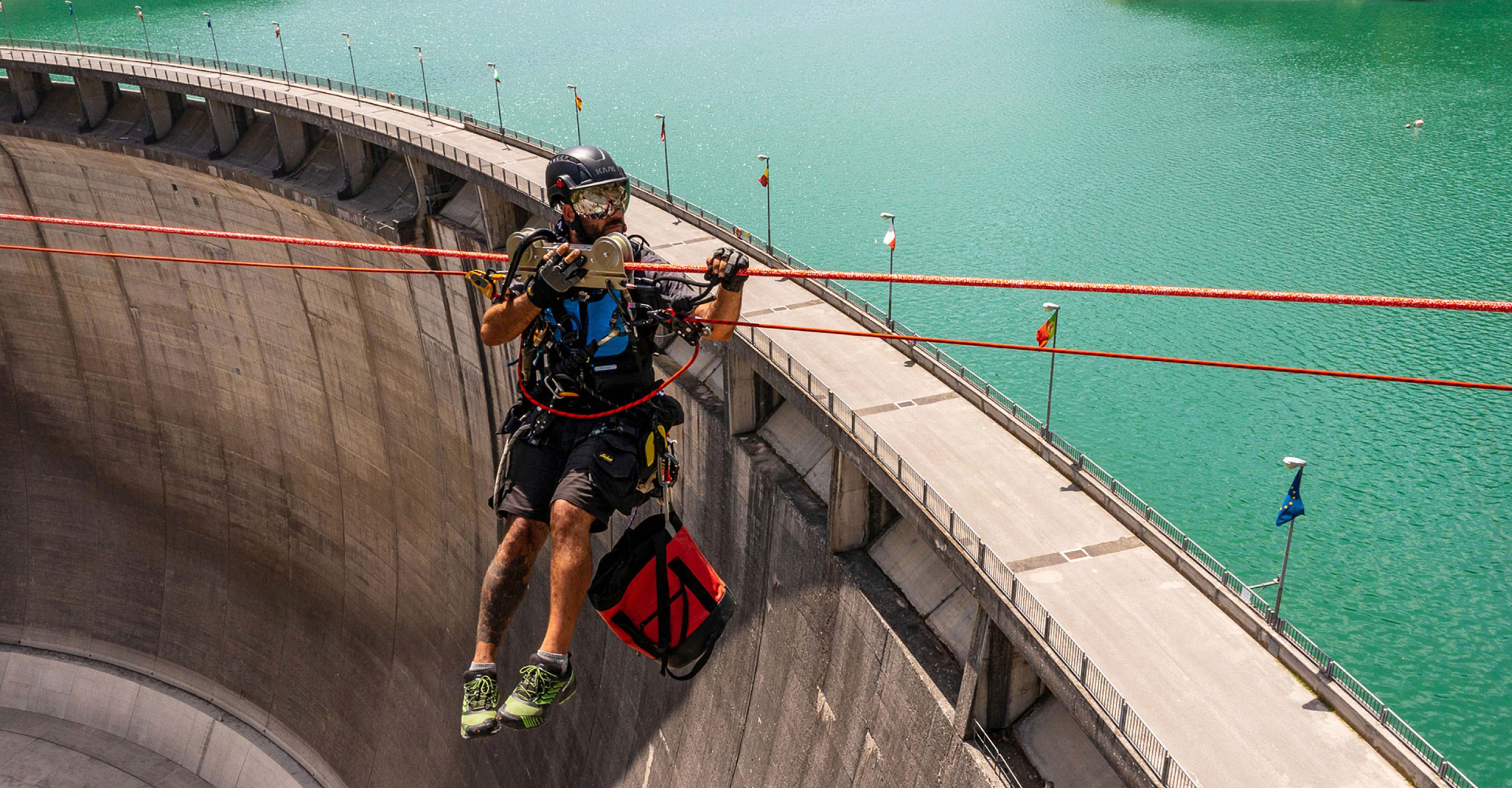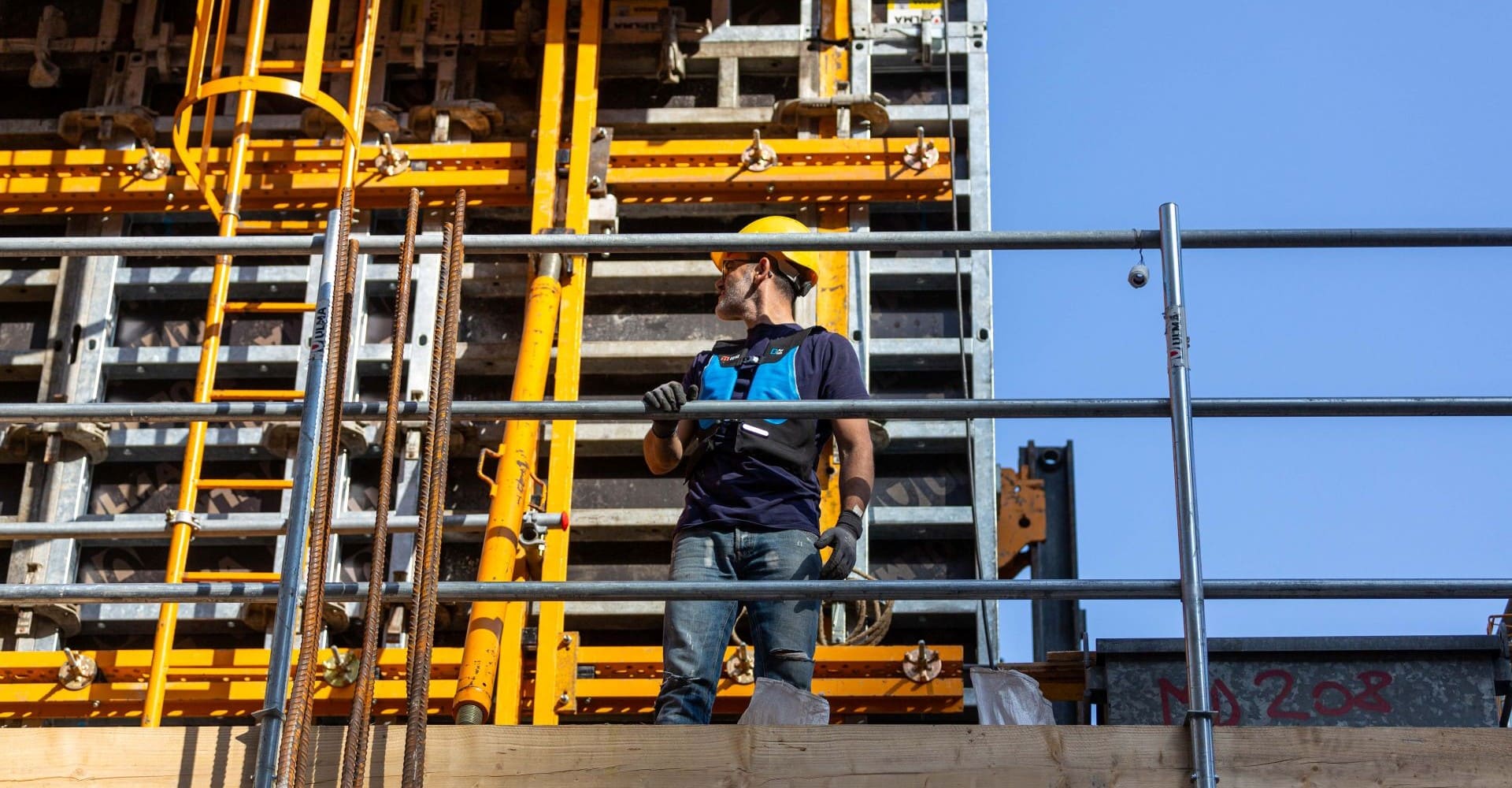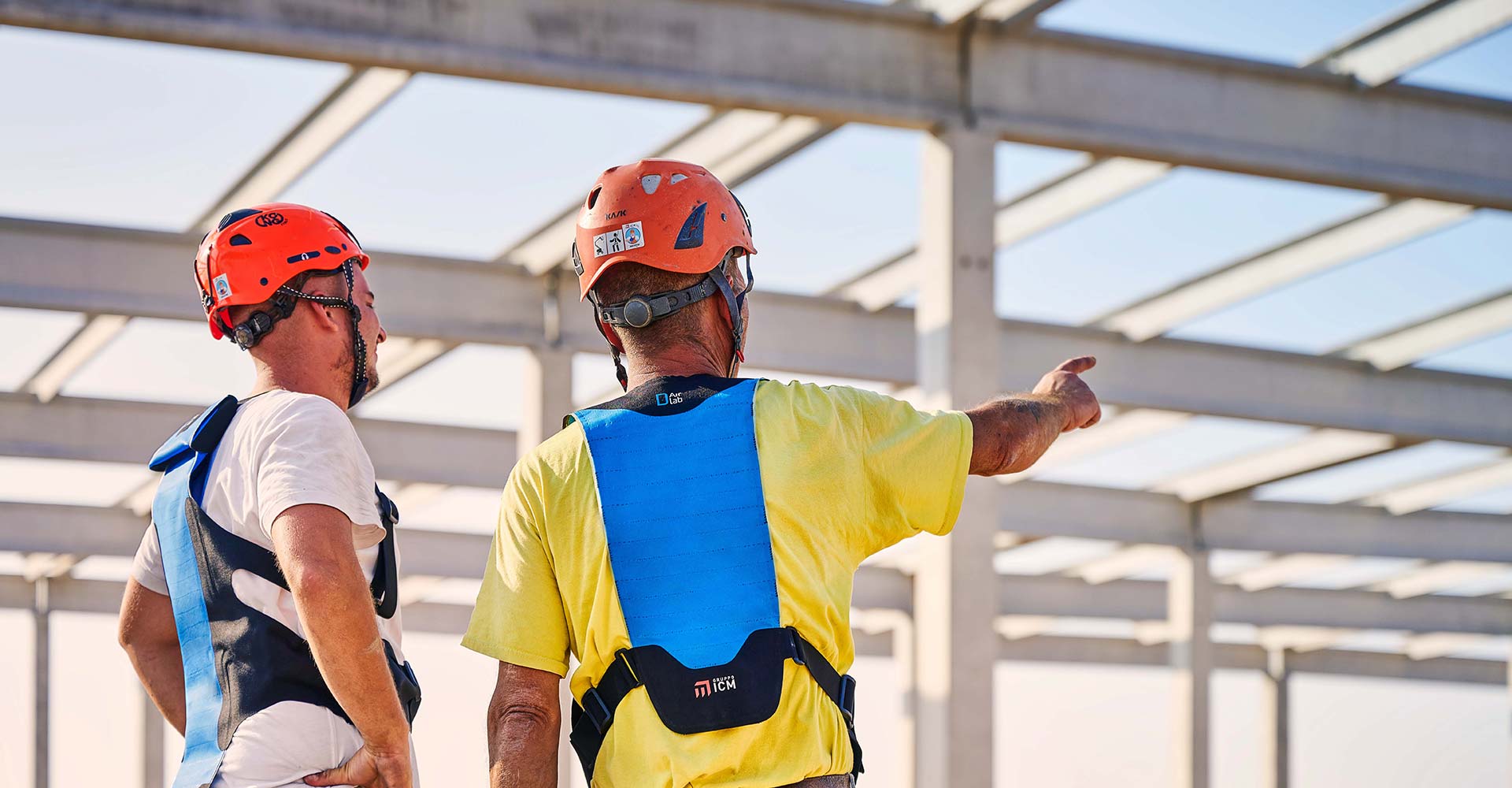Knowing the regulations for work at height is the first step in avoiding accidents that can often prove to be fatal. This type of work is, in fact, among the activities with the highest risk factors for workers’ health. That is why the various obligations also include providing theoretical and practical training that guarantees workers have the necessary capabilities on assessment of the risk, on preventive measures and on the correct use of protective equipment.
In this detailed examination, not only the current regulations will be analysed, but also the training for workers who are exposed to the risk of falling from a height.
Contents:
- The regulations: obligations of the employer
- The regulations: mandatory PPE
- The regulations: training for workers who work at height
The regulations: obligations of the employer
The applicable regulations for work at height are provided by Title IV, Chapter II, of Italian Legislative Decree no. 81/08, also known as the Occupational Health and Safety Laws Consolidation Act. First of all, a definition of this activity is provided in Article 107: workers who work at height means those exposed to the risk of falling from a height that is over 2 metres above a stable surface. The term “stable surface” means a plane or surface that cannot suffer the effects of the force of gravity, such as the ground or the floor of a building.
Further one, Article 111 establishes the specific obligations of the employer, who, generally speaking, must choose the most appropriate equipment based on these two macro-criteria:
- Favour collective protective measures (such as railings and safety nets) over personal protective measures (such as harnesses, helmets and straps).
- Choose the dimensions of the equipment in a manner to ensure that they are suited to the type of work to be performed, to the foreseeable stresses and to risk-free circulation.
Furthermore, in order to guarantee workers’ safety, the employer is required to:
- Identify the most appropriate access systems, based on the frequency of circulation, difference in height and duration of use. In particular, the access system must allow evacuation in the case of danger and transit from it to scaffolding, walkways, etc., must not constitute hazards for the worker.
- Choose the methods of performance of work on the basis of actual exposure to risks. Therefore:
- a ladder can be used in the case of reduced risk and occasional use, i.e. in circumstances that do not justify the use of more secure equipment;
- ropes (to which the worker is attached) and seats equipped with specific accessories can only be used when, after the risk has been assessed, it is confirmed that the work can be performed safely and that the location is not compatible with the use of more secure equipment.
- Adopt measures that minimise the intrinsic risks of the equipment indicated in the previous point, including fall arrester devices.
- Adopt equivalent and efficient alternative measures, when, in particular cases, it is necessarily temporarily to remove collective protective equipment against falls. When this particular situation is over, the collective protective equipment must be put back in place.
- Only have work at height performed if the weather conditions allow and do not endanger the workers’ safety.
- Ensure that workers do not drink alcohol or alcoholic spirits when working at height.
The regulations: mandatory PPE
As we have seen above, in choosing the equipment to be used, the employer must prioritise collective protective equipment. But what should be done if this equipment is not sufficient to eliminate all the risks for workers? Article 115 provides the answer to this question: in this case, it is mandatory to use personal protective equipment, which must be assessed according to the specific use:
- energy absorbers;
- connectors;
- anchoring devices;
- straps;
- retractable devices;
- flexible guides or lifelines;
- rigid guides or lifelines;
- harnesses.
The employer is responsible for guaranteeing sufficient training on the use of PPE and comprehensible instructions and ensuring that the PPE is maintained in efficient conditions.
The regulations: training for workers who work at height
At this point, the question naturally arises: how do you assess a risk efficiently and how do you know which equipment is the most suitable for the situations in question? The answer is provided by mandatory training courses, which must address:
- the applicable regulations
- the risks to which the workers are exposed
- the correct use of PPE
- the prevention and protection measures
- the obligations of the employer and of the worker
Training is an aspect that must never be taken lightly: workers who work at height must be able to assess and analyse the risk, and know the protective measures to adopt. It is also opportune for their training to be periodically refreshed, in order to keep up with changes in regulations and the world of employment.
As we have seen, the Occupational Health and Safety Laws Consolidation Act does not place any binding restrictions on the choice of PPE to be used, but establishes that it must be chosen according to the circumstances. For protection of workers who work at height, D-Air Lab has created WorkAir, the world’s first wearable airbag certified as PPE and developed to be ergonomic, comfortable and lightweight. The activation system is controlled by a sophisticated predictive algorithm capable of detecting when the envisaged accident conditions occur and sending the activation signal. At the precise moment when the fall is recognised, WorkAir inflates the bag and efficiently protects the back and chest of the worker against the impact with the ground or against the surrounding structures. Contact our consultants to find out more!






